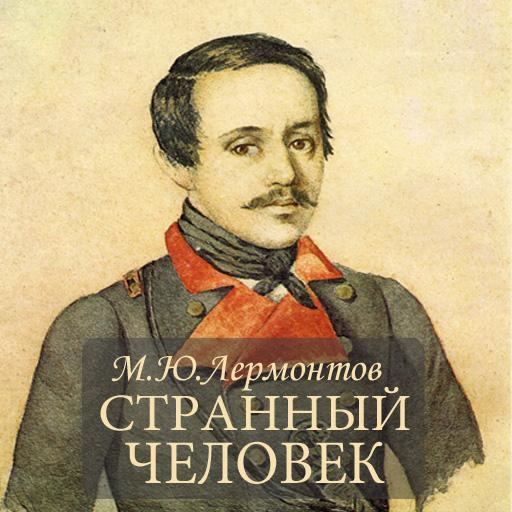First performance 1916 | Genre Romantic drama | |
 | ||
Characters Vladimir ArbeninBelinskoy Date premiered 1916Sukhodolsky Theatre, Moscow Similar Menschen und Leidenschaften, Masquerade, Fortune's Fool, Boris Godunov, Woe from Wit | ||
A Strange Man (Russian: Странный человек, Stranny tchelovek) is a play by Mikhail Lermontov, written in 1831 and published first in Saint Petersburg, 1860, by Stepan Dudyshkin (with considerable omissions concerning censorial demands), then, for the first time in its entirety, in 1880, by Pyotr Yefremov in the compilation Early Plays by M.Yu.Lermontov.
Background
A Strange Man is a self-described "romantic drama," largely autobiographical and closely linked to its predecessor, Menschen und Liedenschaften (1830). Part of Yuri Volin's "sacrilegious" monologue is being reproduced here, now as Vladimir Arbenin's speech, as well as another scene where servant Ivan refuses to accept the money from his master and the latter throws the wallet into the window. Arbenin in the play is a poet and several poems written by young Lermontov are ascribed to the protagonist. The autobiographical aspect of it is stressed in the author's introduction: "I decided to tell the drama that was real... Characters featured here have been taken from the real life."
This drama is more socially oriented than Menschen und Leidenschaften, and in its bid to analyze the moods of the new generation ("looking for the mission and suffering from the burden of knowledge," according to critic G.M.Friedlender) deals mostly with the Russian society as a whole, not just the protagonist's family life, although there are references here to Lermontov's mother unhappy life and early death.
A Strange Man is even more than Menschen und Leidenschaften reminiscent of Vissarion Belinsky's early drama Dmitry Nikitin (1831), although none of the young authors could have been influenced by another: they were not acquainted at the time and were working on their respective plays roughly at the same time. An obvious point of reference for both might have been Alexander Griboyedov's comedy Woe from Wit, unpublished at the time but a popular salon read, circulating in handwritten copies.
The episode very similar to the one in the Scene V of A Strange Man, where a peasant serf (imploring Belinskoy to purchase him and his village, the latter being a victim of sadistic landlady's rule) could be found in Dmitry Nikitin, might be explained by the fact that Lermontov and Belinsky family were neighbours in Tchembarsky Uyezd in the Penza Governorate region, as well as by the "similarity of the two authors' mindsets" (according to Pavel Viskovatov).
Vladimir Arbenin's love drama could be seen as reflecting to some extent Lermontov's feelings towards Natalya Ivanova whom he dedicated thirty poems in the early 1830s. Princess Sofja's prototype could have been Ivanova's cousin, Princess Gorchakova. Several of the student characters had their real prototypes too, among them A.D.Zakrevsky, whose article "The View Upon the History of Russia" was published in Teleskop (1833, signed A.Z.).
